Chicago once had its own Grand Central Station, a now-demolished hub of railway activity in South Loop. This magnificent structure served as one of Chicago’s main passenger terminals for nearly 80 years. Today, we will delve into the chronicles of this lost legend, exploring its history, the vision of its architect, its demolition, and its present-day replacement.

Grand Central Station. Photo by Roger Puta via Marty Bernard (railfan 44)
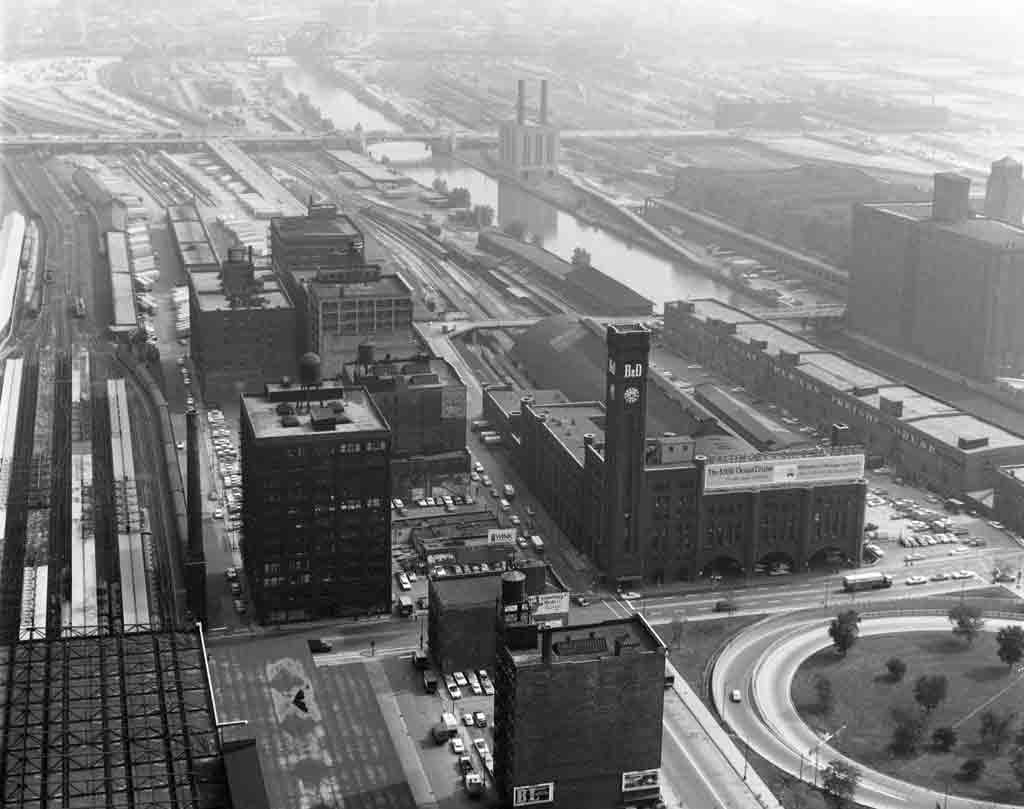
Aerial photo of Chicago Grand Central Station via Classic Trains Magazine
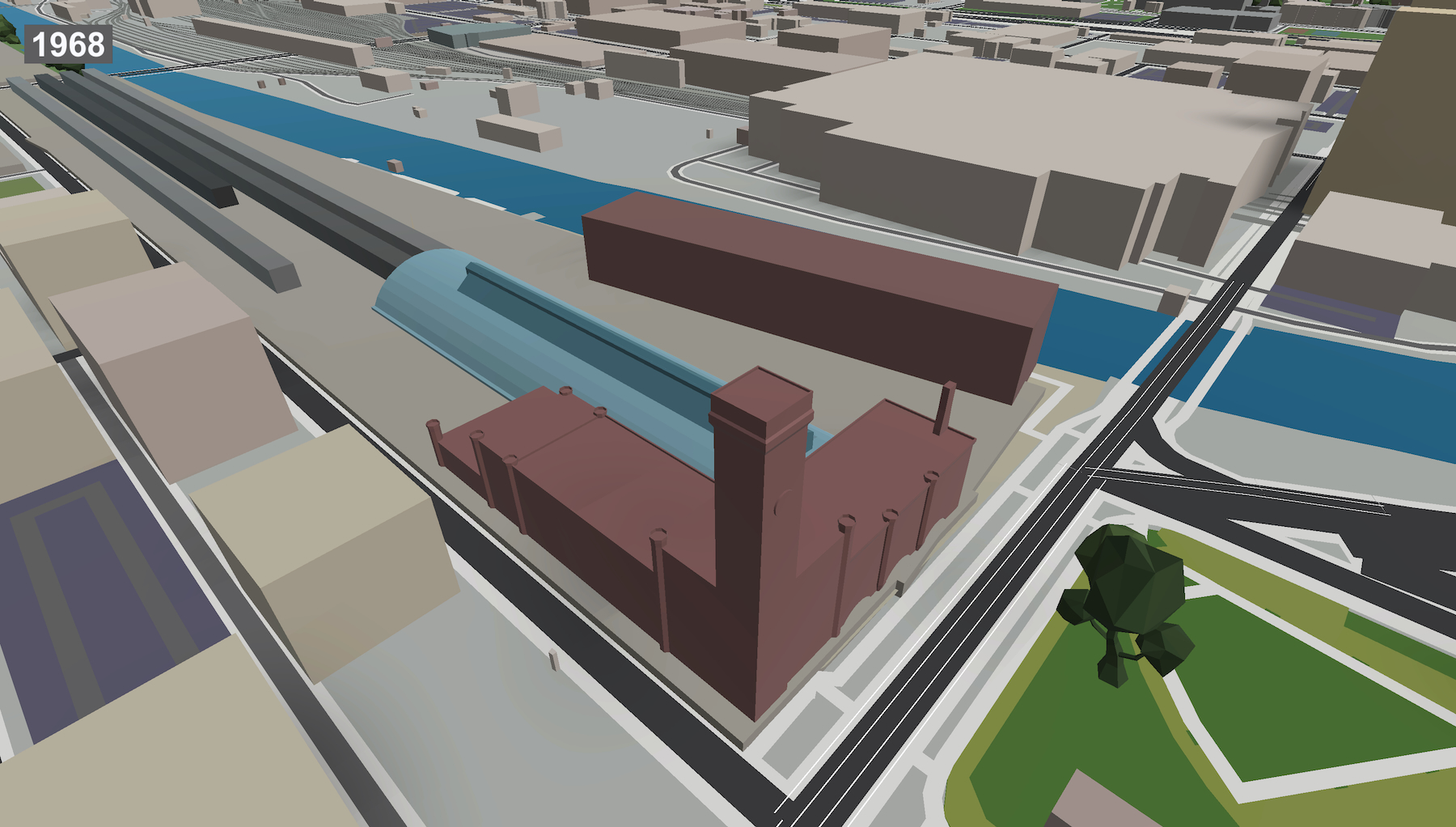
Chicago Grand Central station in 1968. Model by Jack Crawford / Rebar Radar
History
Constructed in 1890, Chicago’s Grand Central Station was the brainchild of the Chicago & Northern Pacific Railroad, a subsidiary of the Wisconsin Central Railroad (WC), which was itself owned by the Northern Pacific Railway (NP). It served as a major terminal for numerous rail lines, linking Chicago with various destinations across the United States.
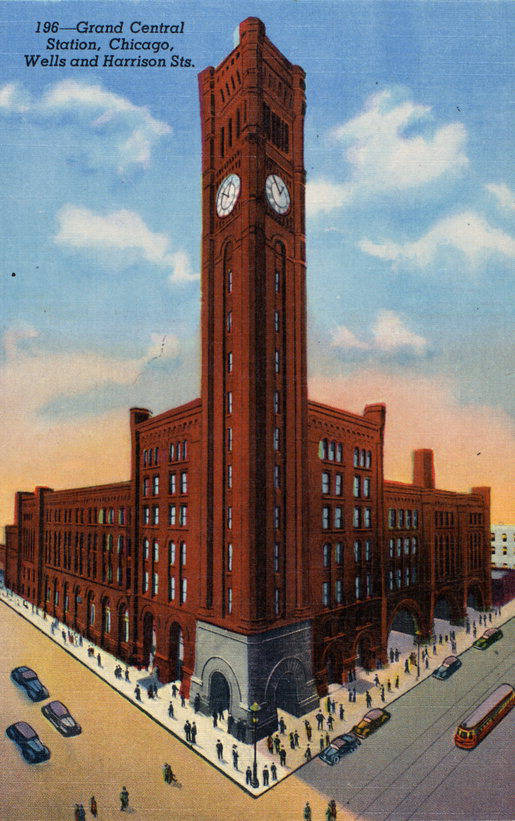
Grand Central Station as depicted in 1942 via the Curt Teich Postcard Donation. Unknown author
Architecture
The man behind the design of Chicago’s Grand Central Station was none other than Solon Spencer Beman, a prominent architect of the late 19th and early 20th centuries. Beman, who was also responsible for the design of Pullman, the first planned industrial town in the United States, crafted a vision for Grand Central Station that would be both functional and architecturally marvelous.
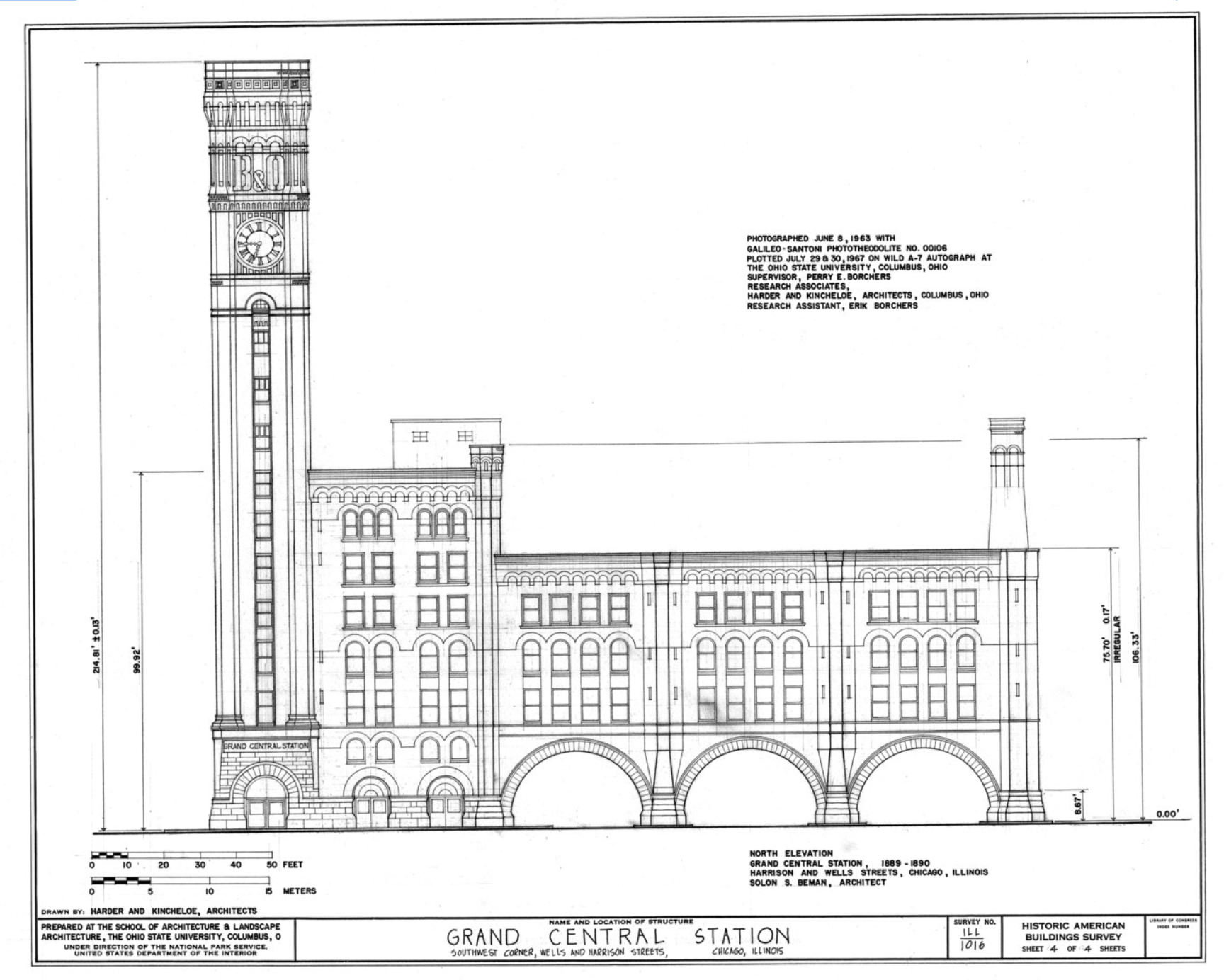
Elevation of Chicago Grand Central Station by S.S. Beman
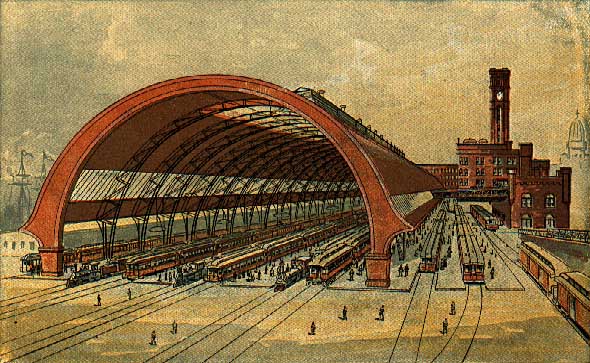
Grand Central Station via the State Historical Society of Wisconsin
The station’s exterior featured Norman Castellated architecture, characterized by brownstone and granite construction, as well as a 247-foot clock tower with an 11,000 pound bell. Meanwhile, the interior housed a grand waiting room with 26-foot ceilings and marble flooring.
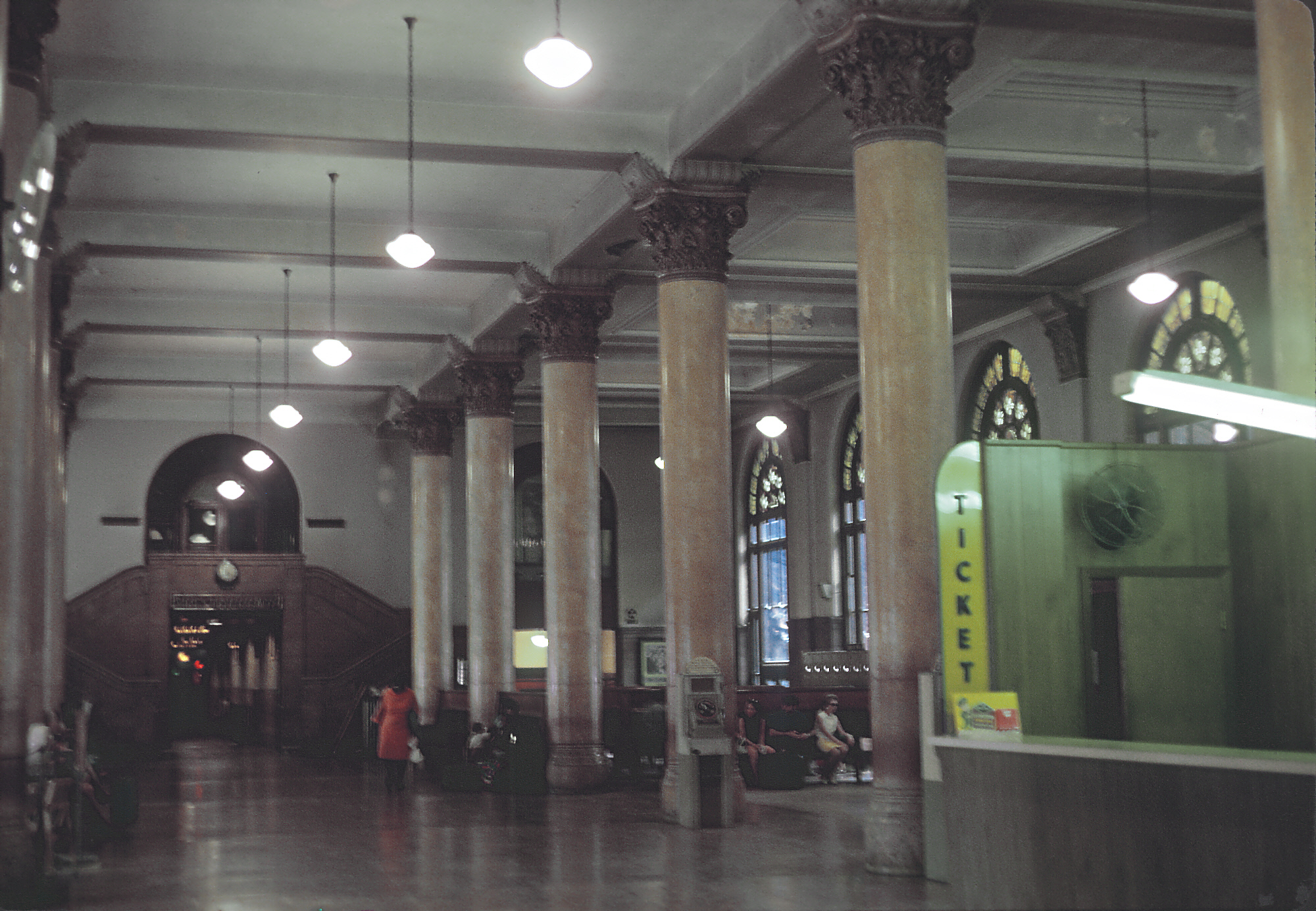
Grand Central Station waiting room in 1969. Photo by Roger Puta via Marty Bernard (railfan 44)
The station was equipped with 10 tracks and five platforms that could accommodate up to 150 trains and 17,000 passengers per day. Other features included small jail, a women’s lounge, a nursery, a first aid station, and two restaurants.
Demolition and the End of an Era
As the decades passed, Grand Central Station faced increasing challenges that ultimately led to its demise. The shift in transportation preferences, with air travel and automobiles taking precedence over rail, greatly impacted the station’s relevance. Coupled with the growing prominence of other Chicago train stations like Union Station and Dearborn Station, Grand Central found itself struggling to keep up with the changing times.
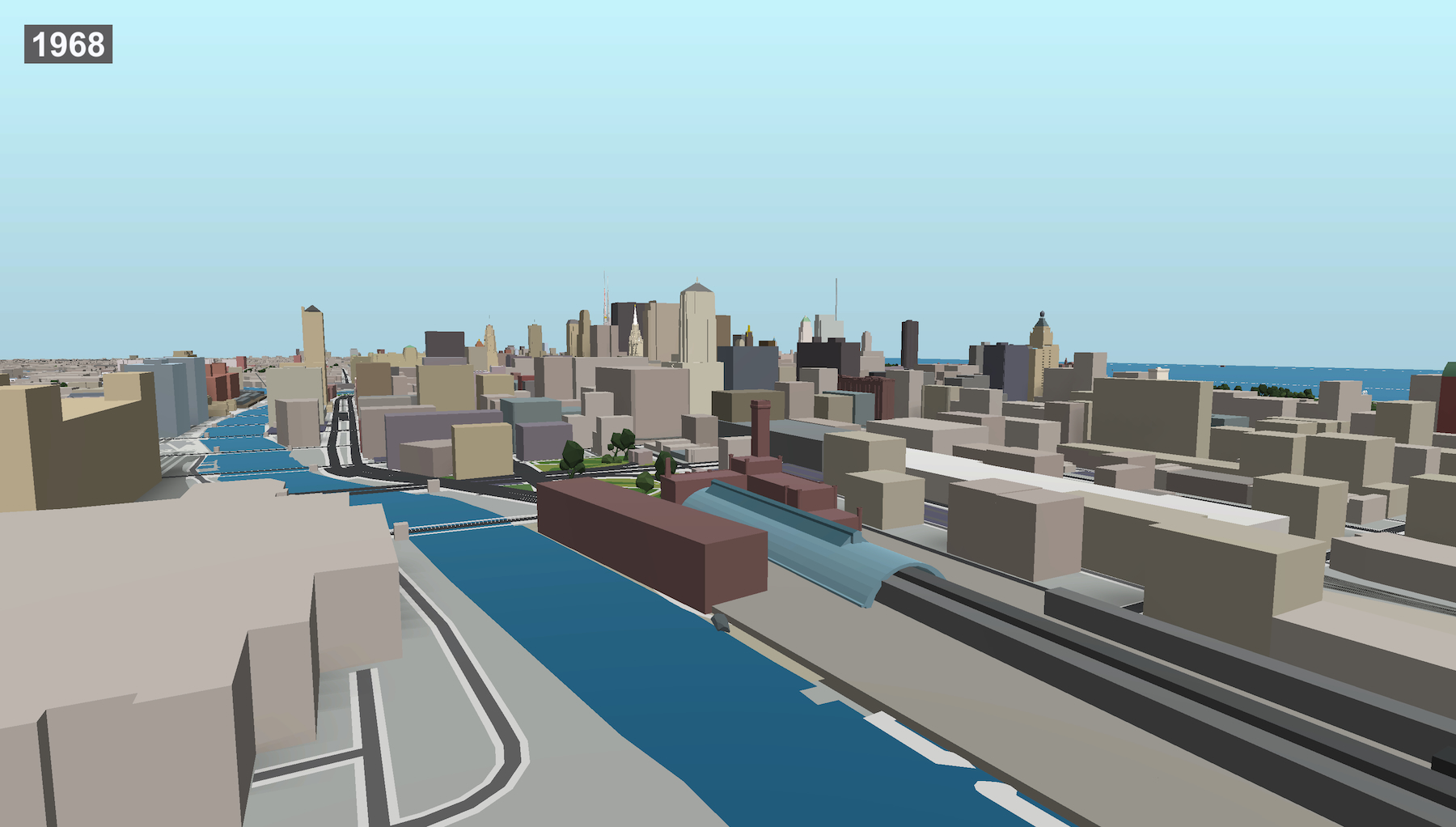
Chicago Grand Central station in 1968. Model by Jack Crawford / Rebar Radar
In the late 1960s, amidst declining passenger numbers and mounting financial pressures, the decision was made to raze the station. The demolition process began in 1969 and ended in 1971.
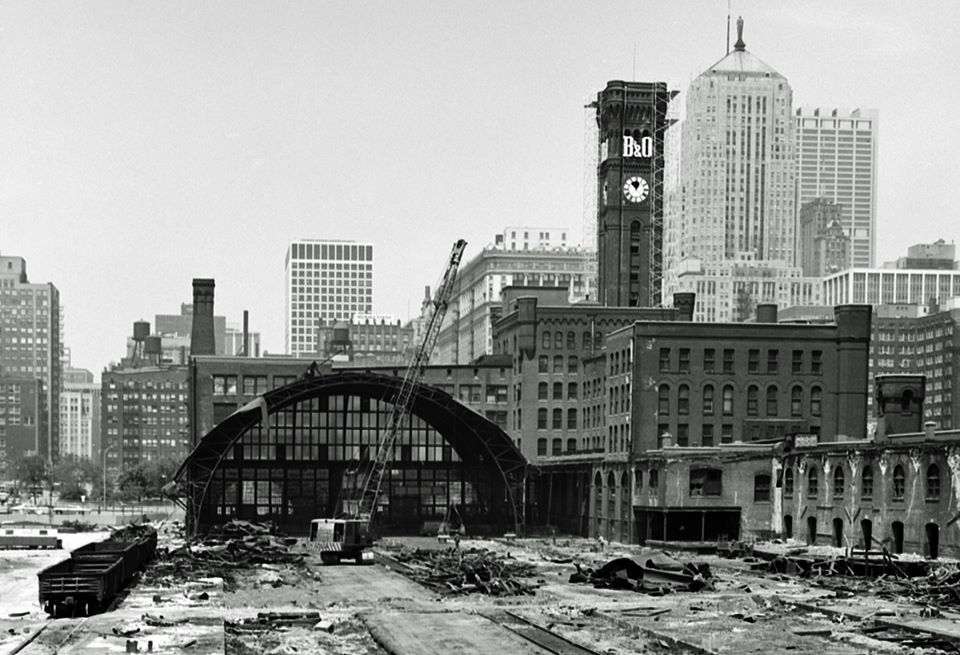
Grand Central Station demolition in 1971. Photo via George Bova on Pinterest
The decision to demolish Grand Central Station was met with fierce opposition from preservationists and architectural enthusiasts who lamented the loss of this iconic structure, which had stood as a symbol of Chicago’s growth and progress for nearly eight decades. Nonetheless, the economic pressures and shifting transportation landscape ultimately sealed the station’s fate.
What’s There Now
The station’s original footprint is now occupied by a mid-rise residential development known as Alta Grand Central. The rest of the site is currently being developed under the name “Southbank,” with its latest addition, The Reed, now wrapping up construction.
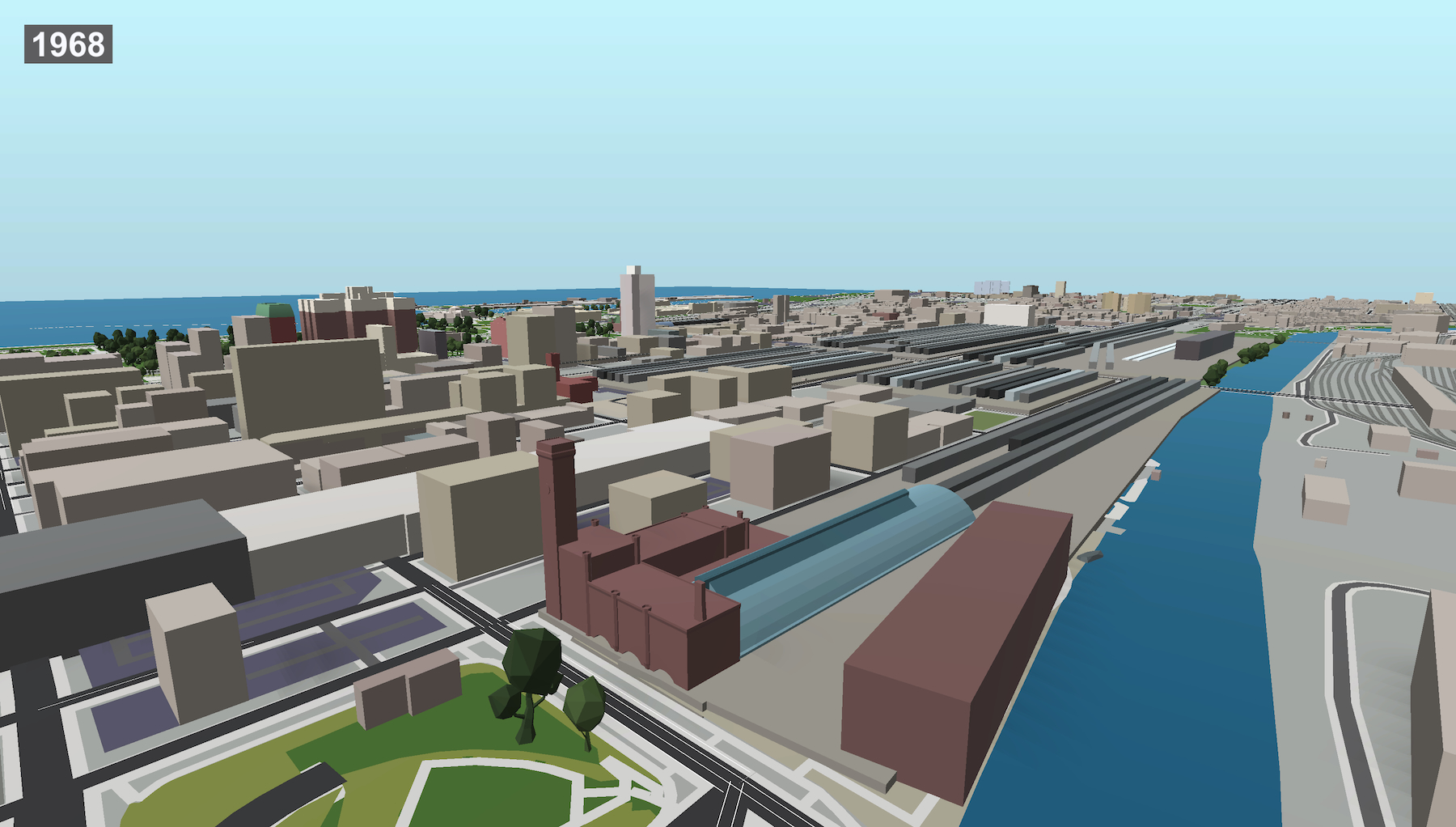
Chicago Grand Central station in 1968. Model by Jack Crawford / Rebar Radar

Same view as above in 2033. Model by Jack Crawford / Rebar Radar
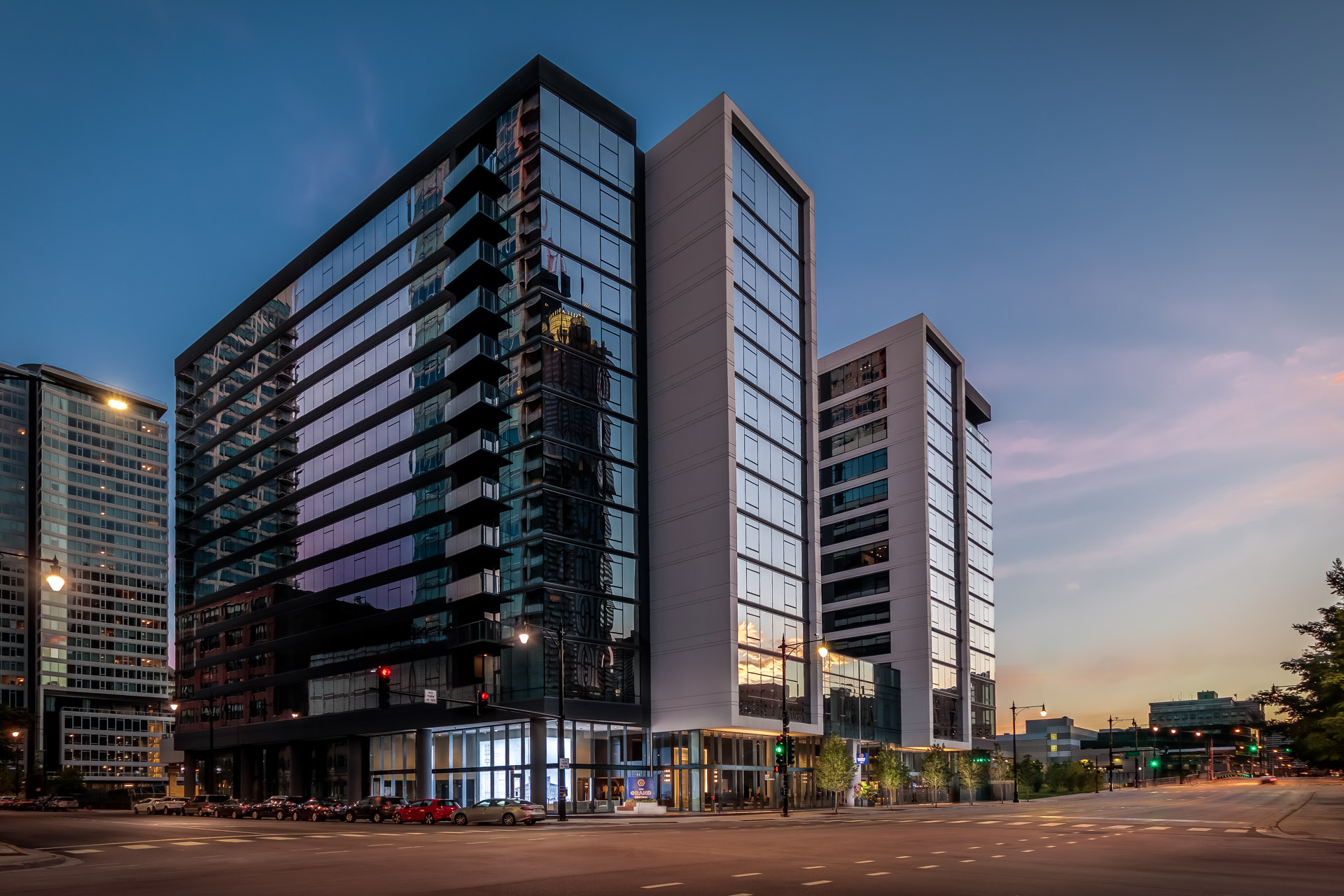
Alta Grand Central Station. Photo by George Shubin via altagrandcentral.com
The demolition of Grand Central Station was a significant architectural loss for the city. The station’s design and architectural splendor, as well as its role in shaping Chicago’s development, highlight the importance of preserving our historical treasures (a message that is still relevant today). The story of Grand Central Station’s rise and fall serves as a reminder of the delicate balance between progress and preservation, and the need to honor and protect the relics of our past.
Subscribe to YIMBY’s daily e-mail
Follow YIMBYgram for real-time photo updates
Like YIMBY on Facebook
Follow YIMBY’s Twitter for the latest in YIMBYnews

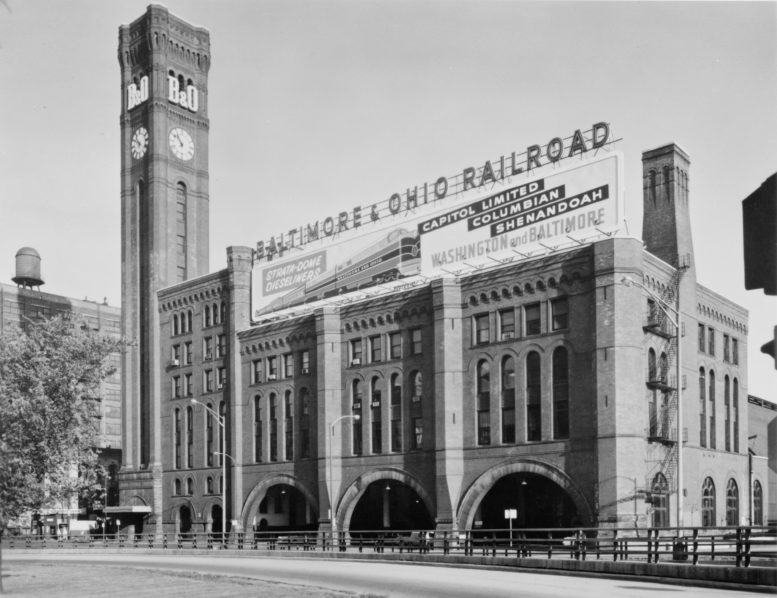
Excellent Article! It’s worth noting that the lannon stone amphitheater that has been built at Southbank Park is made from the original foundations of the train station – a very cool integration by the architects and developers.
Lost legends across America is a fabulous idea.
Grand Central never hosted anything called the”20th Century Broadway Limited.” The 20th Century ran out of LaSalle Street Station and the Broadway ran out of Union Station–two separate trains that had nothing to do with Grand Central.
Hi Robert, very sorry for the delay in my reply! The article has been fixed accordingly
Random question- if I was taking a train from Halifax through Detroit in 1906, what station would I arrive at in Chicago
Depends on which railroad. Grand Trunk went to Dearborn. New York Central/Michigan Central went to Central (NOT Grand Central) Station on the lakefront.
The National Park Service/Ohio State elevation drawing engenders questions about how that came about (and are there more?). In 1967 I wrote a paper for Carl Condit’s Chicago Architecture course but I did not have access to drawings. Still have the paper and photographs. Wish I had the time back then to make contact with any friendly insiders who could have offered more information…could have improved my grade on the paper.
There was no such train as the “20th Century Broadway Limited”. They were two separate trains, the Broadway was operated by the Pennsylvania Railroad and operated out of Union Station. The 20th Century was operated by the New York Central and operated out of LaSalle St. Station. Neither railroad used Grand Central.
Hi David! Apologies for the delay in getting back to this – the article has been corrected
The article mentioned that the tower had a bell. Was it a physical bell and what happened to it?